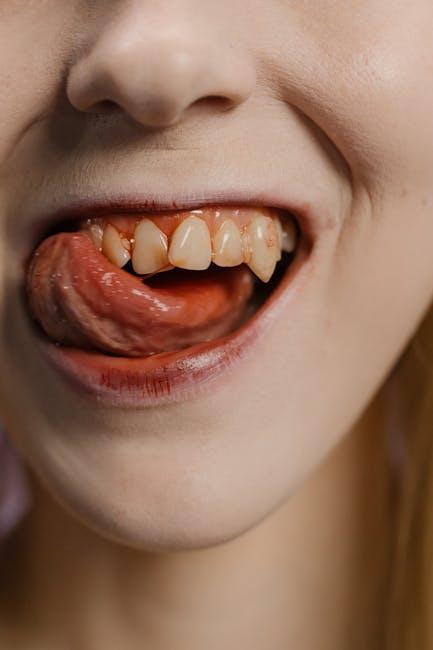
Does Medicaid Cover Dental? Orthodontics, Common Procedures & State Coverage
When it comes to healthcare coverage, dental care often raises questions—especially regarding Medicaid benefits. Many Medicaid enrollees wonder: does Medicaid cover dental services, including orthodontics? The answer is nuanced and varies based on state policies, age groups, and dental needs.
In this comprehensive guide, we will break down Medicaid dental coverage, explain coverage for orthodontics and common dental procedures, and provide insights into how state differences impact your benefits. Whether you’re seeking basic teeth cleanings or braces, understanding Medicaid’s dental offerings can help you make informed healthcare decisions.
Understanding Medicaid Dental Coverage
Medicaid is a joint federal and state program designed to assist low-income individuals and families with medical costs, including sometimes dental care. However, unlike medical benefits, dental benefits under Medicaid are not standardized nationwide.
Dental coverage can differ significantly from one state to another and often depends on the enrolled person’s age group. Children generally receive more comprehensive dental benefits under Medicaid than adults.
Key Facts About Medicaid Dental Benefits
- Children under age 21 are guaranteed dental coverage under the Early and Periodic Screening, Diagnostic, and Treatment (EPSDT) benefit.
- Adult dental benefits vary widely by state and sometimes may be very limited or only cover emergency dental care.
- Orthodontic coverage is usually limited and more often available for children with severe dental issues.
- Common preventive and restorative procedures like cleanings, fillings, and extractions are commonly covered for children and variably for adults.
Does Medicaid Cover Orthodontics?
Orthodontics, focused on correcting teeth and jaw alignment (e.g., braces), is often excluded or limited in most Medicaid plans, but there are exceptions. Orthodontic care is rarely covered for adults, and for children, coverage may depend on medical necessity.
Medicaid Orthodontics Coverage Breakdown
- Children (under 21): Most states cover orthodontic treatment only if there is a significant dental health issue like cleft palate, severe malocclusion, or traumatic injury.
- Adults (21+): Generally, orthodontic coverage is minimal to none.
- Medical necessity: Orthodontic treatment must often be deemed medically necessary by a dentist or orthodontist to qualify for coverage under Medicaid.
Common Dental Procedures Covered by Medicaid
Dental coverage under Medicaid typically includes these common procedures. Coverage for each depends heavily on the specific state program and the recipient’s age.
| Dental Procedure | Coverage for Children | Coverage for Adults |
|---|---|---|
| Preventive Care (cleanings, fluoride) | Typically covered | Varies by state; often limited |
| Fillings | Covered | Limited coverage |
| Tooth Extractions | Covered | Often covered for emergencies |
| Root Canals | Generally covered | Limited |
| Dentures | Rarely needed | Possible coverage in some states |
| Orthodontics (braces) | Covered only if medically necessary | Rarely covered |
State-by-State Variation in Medicaid Dental Coverage
Because Medicaid is administered by individual states within federal guidelines, dental benefits can be very different depending on where you live. Some states provide robust dental benefits for adults, while others offer only emergency procedures.
Examples of Medicaid Dental Coverage by State
| State | Adult Dental Coverage | Orthodontic Coverage | Notes |
|---|---|---|---|
| California | Comprehensive adult coverage | Orthodontics covered for children medically necessary | One of the most dental-friendly programs |
| Florida | Emergency-only adult dental care | Orthodontics not covered | Adult dental benefits very limited |
| Texas | Emergency dental care only | Limited orthodontic coverage | Minimal adult benefits |
| New York | Full adult coverage including some orthodontics | Often covered for children with medical necessity | Strong dental benefits |
Benefits of Medicaid Dental Coverage
Having dental coverage through Medicaid can provide important health and financial benefits:
- Improved oral health: Access to regular dental care prevents costly and painful dental issues.
- Reduced overall healthcare costs: Good oral health reduces risks of systemic diseases linked to poor dental care.
- Better quality of life: Dental care supports eating, speaking, and self-confidence.
- Access to orthodontic treatment: For children with certain conditions, Medicaid supports corrective dental treatments that can be life-changing.
Practical Tips for Using Medicaid Dental Benefits
To maximize your Medicaid dental coverage, consider these tips:
- Check your state’s Medicaid website: Verify your state’s specific dental benefits, including orthodontic policies.
- Find in-network providers: Not all dentists accept Medicaid, so confirm your dentist participates in the program.
- Understand coverage limits: Some treatments might require pre-authorization or have yearly caps.
- Keep records: Maintain treatment records and referrals if orthodontic treatment is requested under medical necessity.
- Act quickly for children: Ensure dental appointments for kids happen regularly to meet EPSDT requirements.
Case Study: A Family’s Experience with Medicaid Orthodontic Coverage
Sarah, a mother of two in New York, was able to get Medicaid coverage for her 10-year-old son’s orthodontic treatment after doctors diagnosed a severe overbite affecting his speech and eating. After submitting medical documentation proving the necessity, Medicaid approved braces for her son without out-of-pocket costs. Sarah emphasizes the importance of consulting dentists early and understanding state-specific Medicaid rules.
Conclusion
Medicaid dental coverage is a vital benefit, particularly for children, but it can be complex due to state-by-state variations and limited orthodontic benefits. While Medicaid guarantees dental care for those under 21, adult coverage often depends on location and circumstance.
Being informed about what Medicaid covers, especially for orthodontics and common dental procedures, helps Medicaid enrollees make smarter health choices and manage expectations. Check your state’s dental coverage policies regularly to get the most out of your Medicaid dental benefits.
For comprehensive Medicaid information, visit Healthinsurance.org.


